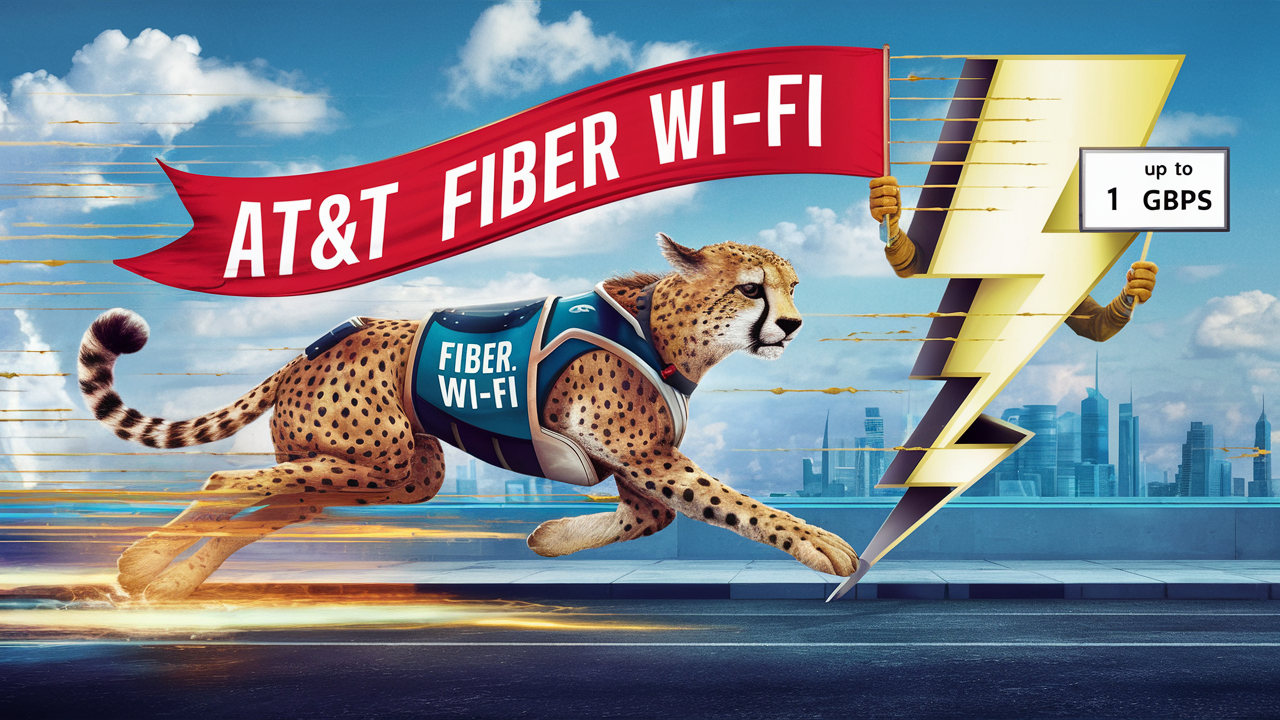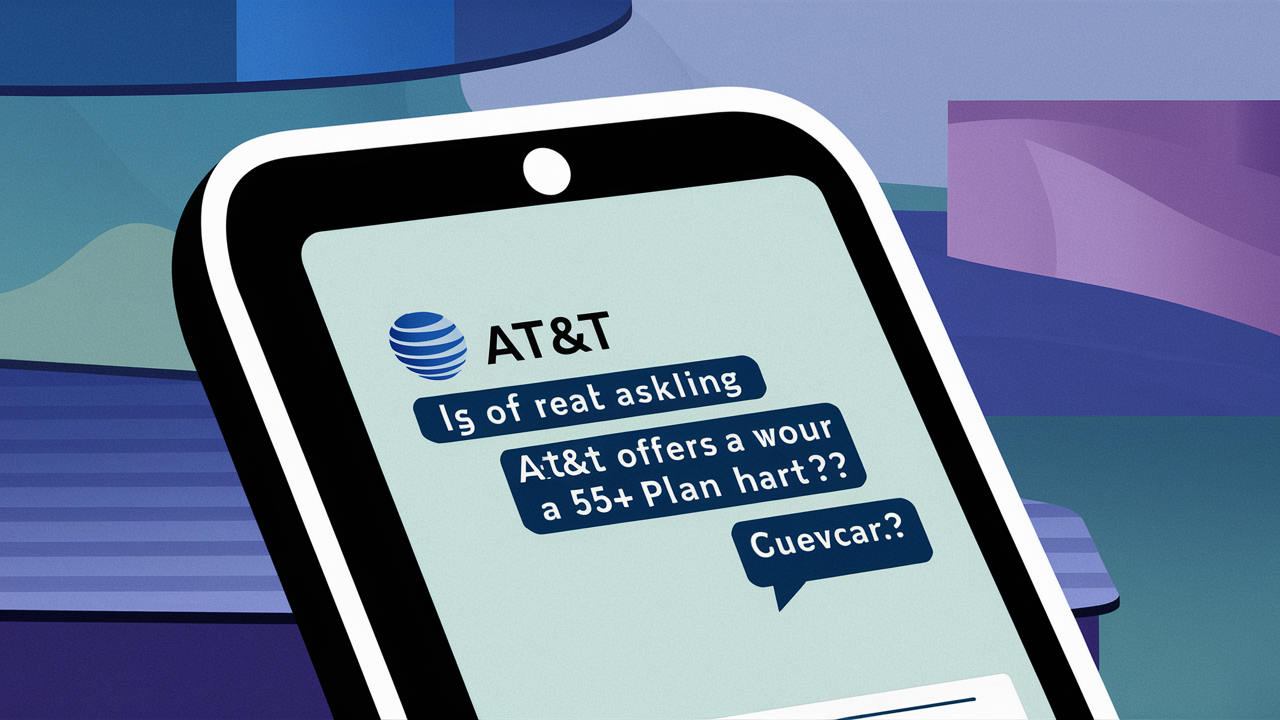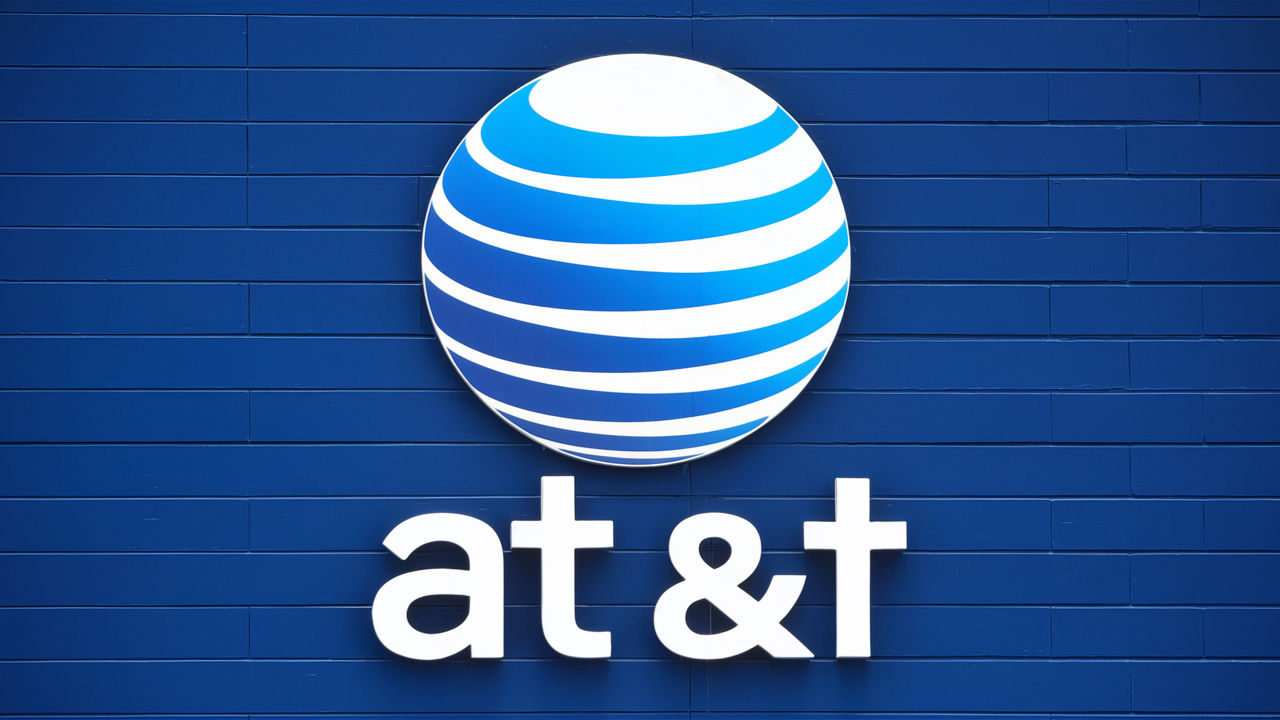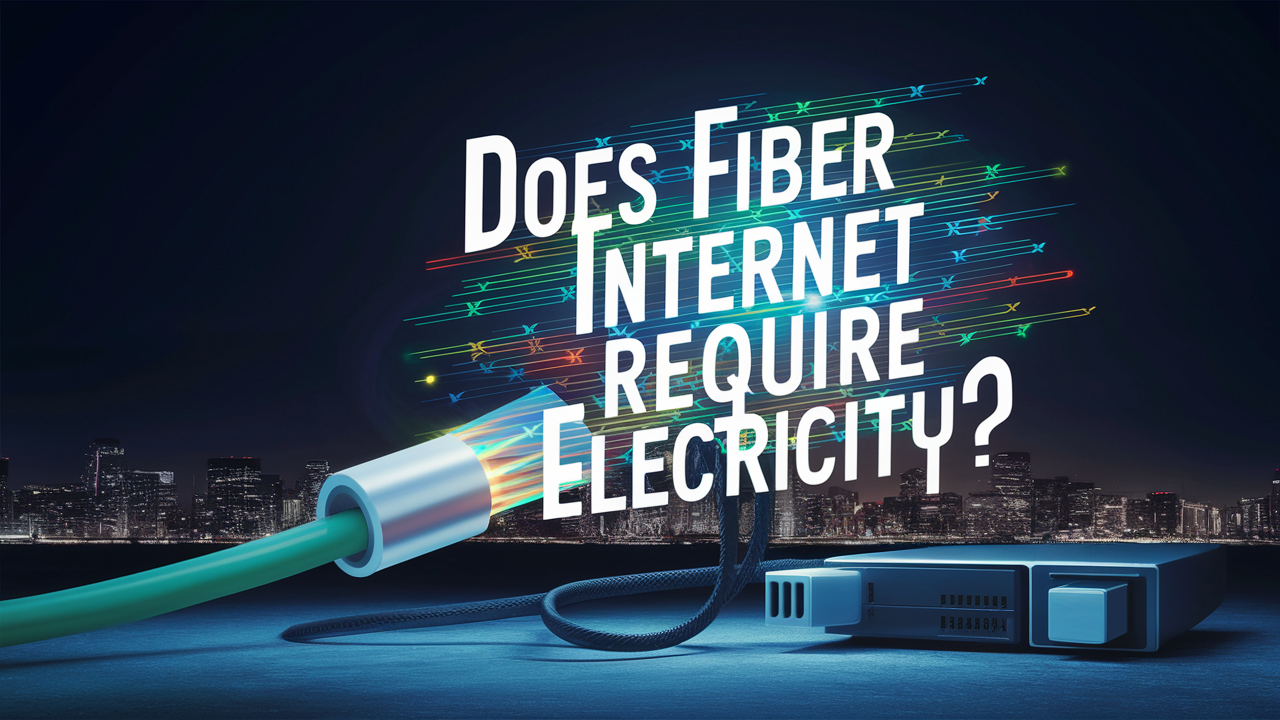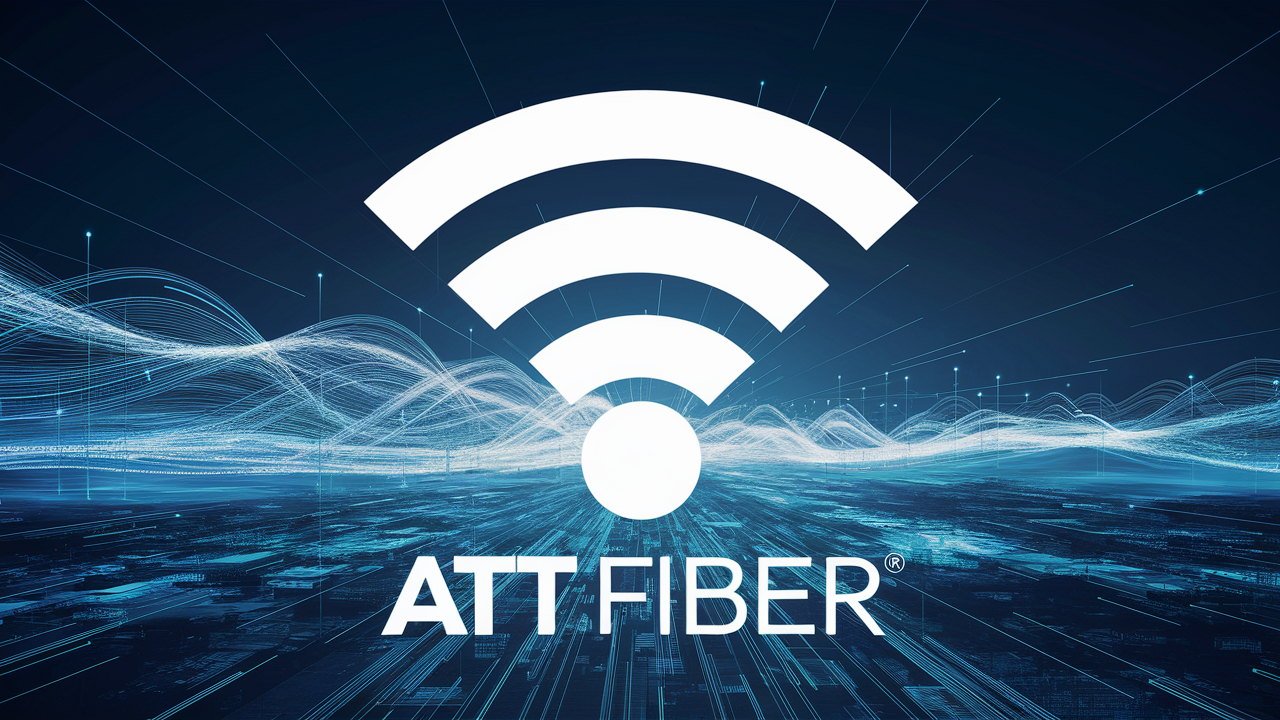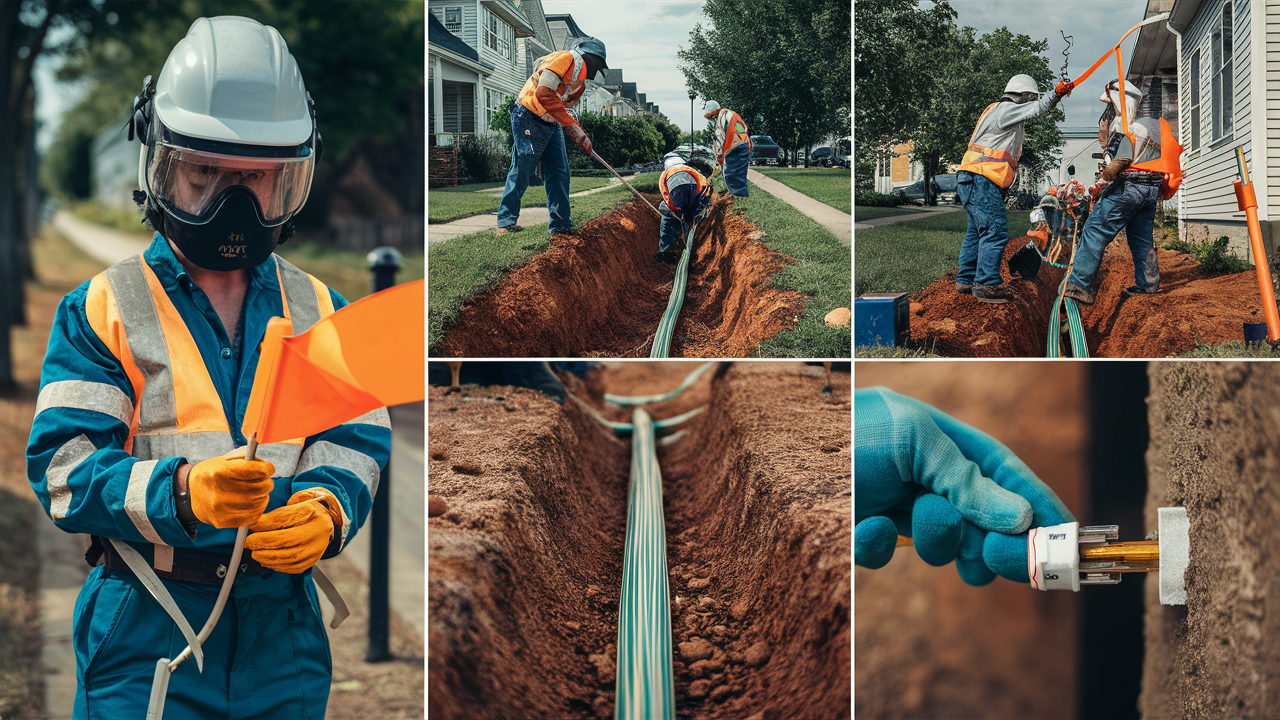
Fiber Internet service Provider has to be brought to your home and it’s quite a thorough process which involves a lot of cables and personnel. Here is an overview of how AT&T brings their fiber optic network to neighborhoods and individual homes:Here is an overview of how AT&T brings their fiber optic network to neighborhoods and individual homes:
Planning and Design
The first specifically identified step is the determination of where the fiber network is to be extended to. AT&T’s engineers and planners analyze potential neighborhoods and areas that need the fiber internet service to be improved. They evaluate aspects such as the demand from the people, the population density of the building, the possibility of constructing the house and many more. If an area appears to have good ROI potential, they even map out plans for running fiber optic cables throughout the neighborhood and right into each house.
Obtaining Permits
However, no construction can take place until AT&T has procured permits from municipal authorities to enter utility poles located in the right of way. They form partnerships with offices of city planning and departments of transportation to submit permit applications. This enables them legally to dig beneath the roads and sidewalks to lay telephone and power cables, string wires along utility poles, pave and repave highways, block and seal off roads, and perform other essential construction jobs. The process of gaining a permit makes sure that the construction adheres to the specific rules of the area.
Underground and aerial optical fibers are also forms of fiber installation.
Once people are able to get permits, the construction work on the physical infrastructure starts. Construction workers lay the fiber optic cables across the neighborhood to ensure people’s houses are connected to AT&T’s broader networks. Some of this infrastructure is buried while others are the cables that stretch on the aerial structure such as the utility poles.
Fiber-optic cables run through conduits and are directly buried in trenches, beneath pavements, sidewalks, and other easements. The first stage involves trenching, placing conduits, blowing fibres through conduits using compressed air, and finally back filling the lines. Other crews join cables together and link buried fibre lines to boxes that are on the ground or above.
Aerial fiber runs alongside telephone and power lines, utilizing existing structures called utility poles. Some of the work done by experienced linemen include fixing cabling on the poles using clamps and other hardware. Wires are stretched and have codified so as not to hang and get in the way of other wires. Aerial routes have the advantage of not incurring expenses for digging up the terrain as required in the installation of the cables.
Building Local Infrastructure
There are also access routes in addition to the primary fiber optic routes where AT&T technicians create neighborhood hubs and cabinets. This includes the field boxes that are fiber distribution hubs and others equipment that is localized to the main cables. These feed neighboring clusters of homes like a metropolitan district, centralizing lines to the house level.
Connecting Individual Homes
The last process is the establishment of the fiber optic cables to separate houses that require internet connection from AT&T. Service drop cables branch out of the main distribution and penetrate into the home. A so-called optical network terminal (ONT) is placed externally to the house where the drop cable is terminated. This weatherproof box can adapt the fiber optic light signals to electrical signals for home use.
It then runs indoors, it starts right outside the home near the room where the WiFi router is located. Technicians of AT&T then make small holes on the wall conduits, and then they place the fiber cables through the conduits. The fiber wire goes to an optical network terminal adapter within which it connects to the WiFi router through a cable wire. And that is it; after the compatibility testing, high-speed fiber internet connection is now available for use!
Overcoming Challenges
The engineering of a massive and complex fiber network is also a challenge for AT&T. For engineers, it means that they should design optimal paths in a network taking into account the topography, other utility infrastructures, regulatory requirements, construction productivity among other factors. Employing fiber in burial always comes with issues such as rigid soils and other concealed utilities. Aerial lines face challenges of the highest allowable span, ownership of the poles, and competition for the space with other lines.
Linking high rise apartment buildings or walking distances in small cities or towns is a big challenge compared to linking neighboring towns or suburbs. Regardless of the terrain, AT&T uses specific instruments such as HDS, mini-trenchers, aerial working platforms, and small construction equipment suited to the locality. Teaming ensures the contractors meet different types of weather, terrains, and access and permitting challenges, as well as restoring any landscaping that may have been impacted. AT&T also plans and executes several multi-crew programs across legal borders for the implementation of infrastructure at a multiple phase manner.
This would not have been possible without the various dedicated teams.
Finally, it is fiber internet that reaches homes and we can thank numerous groups within AT&T for their efforts. It is planning teams who come up with concepts that define the layout of neighborhood systems. The legal access to public right of way is obtained by local permitting coordinators. Professional crews lay distribution wires across the neighborhood. Last mile field technicians establish the last link to houses while fitting on premise equipment. Some of the duties include helping subscribers with issues related to accounts, bills, and internet equipment. And it all begins with market research to decide where the customers most desire faster AT&T fiber.
Thus, though making fiber installation look like a bit magical or mysterious to the consumer, the company invests in fiber network extensively, builds construction and technical mastery, and achieves great teamwork within the organization of AT&T. In response to ever increasing need for higher speeds, it is for sure the AT&T fiber expansion will keep on delivering gigabit connection to more and more neighbourhoods throughout the United States!
Read More:
How does fiber come into the house?
What is needed to install fiber-optic internet?
What hardware is needed for ATT fiber?
Does fiber require a phone line?
